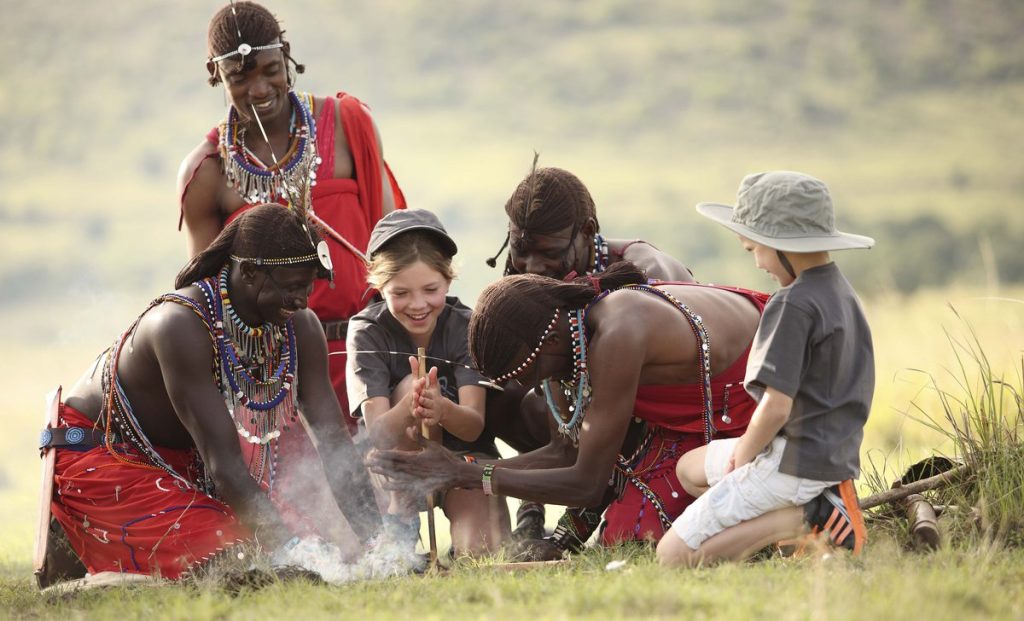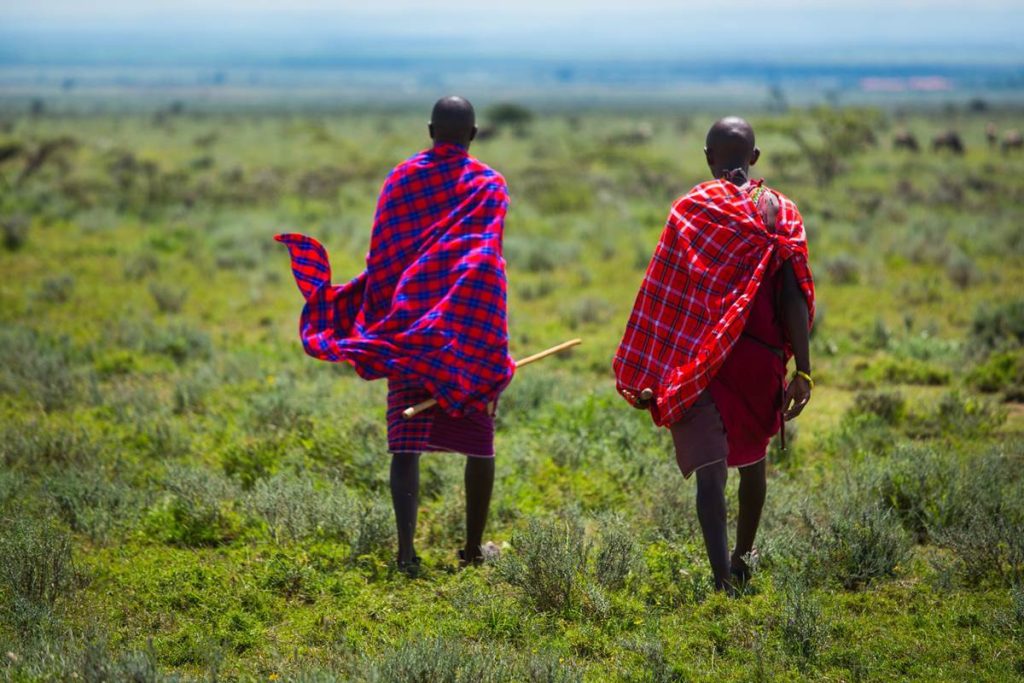Discovering the Maasai People of Ngorongoro: Tradition in Tanzania



Introduction to Maasai People of Ngorongoro
The Maasai people of Ngorongoro are a vibrant and culturally rich community that has coexisted with the stunning landscapes and wildlife of the Ngorongoro Crater for centuries. Known for their distinctive customs, traditional attire, and deep-rooted spiritual beliefs, the Maasai are an integral part of Tanzania’s cultural heritage. This article explores the traditions, history, origin stories, and spiritual beliefs of the Maasai people, providing insights into their unique way of life.
Traditions of the Maasai
The Maasai have a rich tapestry of traditions that define their daily lives and social structure. Some key aspects of their traditions include:
- Eldership and Age Sets: The Maasai society is organized into age sets, which are groups of individuals who undergo the same rites of passage at similar times. Elders play a crucial role in decision-making and the preservation of cultural practices.
- Rites of Passage: The Maasai place great importance on ceremonies that mark significant life stages, such as circumcision, initiation into warrior status (Enkipaata), and marriage. These ceremonies are often accompanied by songs, dances, and community celebrations.
- Traditional Attire: The Maasai are easily recognizable by their vibrant shuka (a type of cloth) and intricate beadwork. The colors and patterns of their attire often symbolize different aspects of their identity, such as age, marital status, and social standing.
- Cattle Culture: Cattle are at the heart of Maasai culture and livelihood. They are not only a source of food and income but also hold cultural significance, serving as a measure of wealth and status within the community. The Maasai practice pastoralism, moving their herds between grazing lands in search of water and pasture.
History of the Maasai People in Tanzania
The history of the Maasai people of Ngorongoro dates back centuries. Originally believed to have migrated from the Nile Valley, the Maasai settled in northern Tanzania and southern Kenya. Over time, they developed a semi-nomadic lifestyle centered around herding cattle, which became integral to their identity.
Colonial encounters in the late 19th and early 20th centuries brought significant challenges to the Maasai way of life, including land dispossession and forced migrations. Despite these adversities, the Maasai have demonstrated remarkable resilience, maintaining their traditions and cultural practices while adapting to modern influences.
Maasai Traditional Story of Human Origin
The Maasai have rich oral traditions that include stories of human origin. One such story describes how the first Maasai people descended from the sky. They believe that Enkai (the creator god) sent a messenger to bring humanity to Earth, where they were gifted with cattle as a symbol of life and prosperity. This narrative reflects the deep connection the Maasai feel with their cattle, as well as their reverence for Enkai, who is central to their cosmology.
Spiritual Beliefs of the Maasai
The spiritual beliefs of the Maasai people of Ngorongoro are deeply rooted in their relationship with nature and their cattle. Key aspects of their spirituality include:
- Enkai: The Maasai worship Enkai, who is believed to have created the world and all living things. Enkai is often viewed as both a benevolent and wrathful deity, capable of bestowing blessings or punishing wrongdoings.
- Rituals and Offerings: The Maasai perform various rituals and ceremonies to honor Enkai and seek his guidance. Offerings, including the blood and milk of cattle, are made during important ceremonies to appease the divine.
- Ancestral Reverence: The Maasai hold a strong belief in the presence of their ancestors, who are thought to watch over the living. Rituals honoring ancestors are an essential part of their spiritual practices.
Conclusion
The Maasai people of Ngorongoro embody a rich cultural heritage that reflects their history, traditions, and spiritual beliefs. As guardians of the Ngorongoro Crater, the Maasai continue to play a vital role in the region’s ecology and cultural landscape. By exploring their customs and way of life, visitors to Ngorongoro can gain a deeper appreciation for the resilience and richness of Maasai culture, making their safari experience not just about wildlife, but also about the vibrant people who call this land home. Discovering the Maasai people adds a profound layer to any journey through Ngorongoro, fostering a connection to Tanzania’s diverse heritage.
